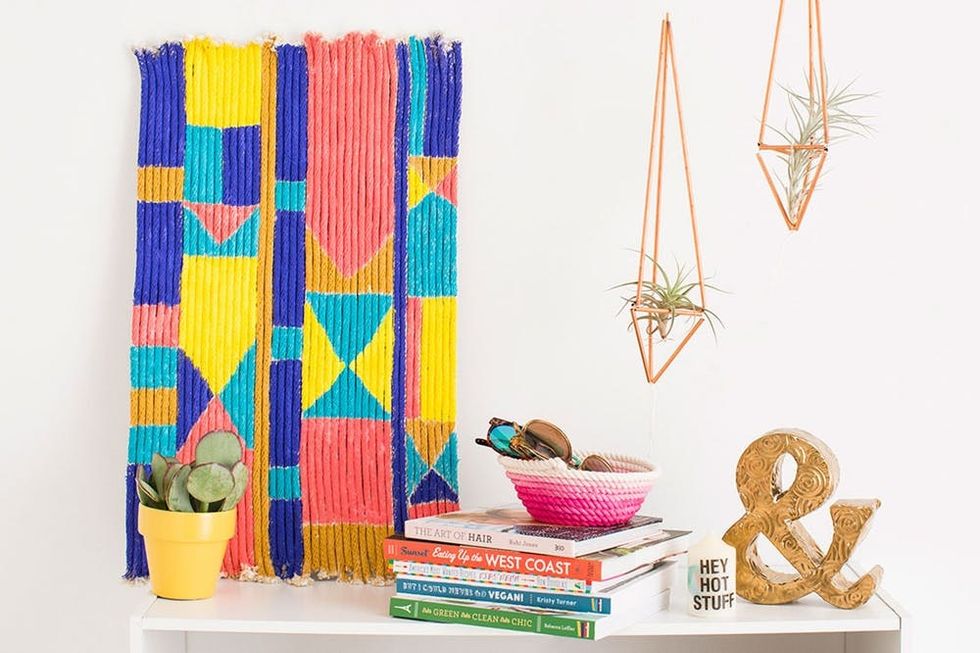If you’ve just finished decorating your room but find yourself staring at a blank wall, you’ve got one more project ahead of you. Wall art is often the most ignored but most important element in interior design. The right piece of wall art can provide focal point, color and texture to a room, creating an overall impression of […]
Wall Art Ideas for Any Size Home


If you’ve just finished decorating your room but find yourself staring at a blank wall, you’ve got one more project ahead of you. Wall art is often the most ignored but most important element in interior design. The right piece of wall art can provide focal point, color and texture to a room, creating an overall impression of harmony.
Establishing Focal Point
Focal point the most basic principal of interior design, where a single element, due to its size, color and position in the room, instantly draws the eye to the right starting place, setting up the visitor’s expectations for the rest of the space. Think about how a sizable canvas hung over a fireplace mantle in a living room or over the bed in the master bedroom sets the tone for the whole room. In the same way, an artfully arranged gallery wall can dress up a staircase or some hanging tapestries can delineate the space for a cozy seating area in an otherwise open floor plan.
Creating Art the Right Size
The key to picking a piece of wall art to be a focal point for your space is first to consider size. A piece of wall art that is too small in comparison to the breadth of wall and the surrounding furniture will draw the eye, but not in a positive way. Measure the wall space available, so you know how big you will need your art to be.
Hanging Art the Right Height
The rule of thumb is to hang your art so that the very center is 57″ from the floor. This is how galleries hang art. If you walk into a gallery you will notice that all the paintings, despite varying in size, are centered exactly the same — as though suspended from a close line. Most homes, however, do not look like galleries, and we have to take into account placement of furniture. You would not hang a painting behind a bookcase, for example. You would hang it a few inches above.
Choosing the Right Color Palette
Art that is the focal point, needs to be the right color. Survey the colors already in your room and consider two or three shades that you’d like to incorporate into your art. Which is the dominant color and what are the accent colors? These are the colors you will use in your DIY wall art.
Adding Some Texture
Wall art doesn’t have to be a single canvas or print. A variety of mediums can be used to introduce texture into your space, such as collections of smaller framed objects with varying size and thickness of frames, wood or fabric sculptures, and even shadow boxes. Consider a variety of materials and mixed media, including screens and graphic elements.
More Wall Art Ideas.
Have you DIY’d some wall art to share? Tag us on Instagram @britandco.
(Photos via Getty)

















